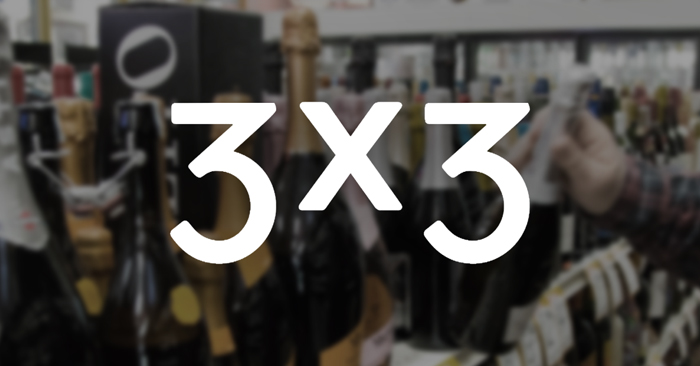
In the world of alcohol data, one of the biggest gaps has always been an accurate assessment of trends among independent retailers.
While widely known market research firms IRI Worldwide and Nielsen have been able to accurately track large volumes passing through major grocery, convenience, and chain retailers, information from upwards of 50,000 off-premise independent retail accounts has been more difficult to access.
Those days could be coming to an end, if 3×3 Insights, an upstart New York-based retail analytics company, which launched earlier this year and is backed by the founder of Priceline.com, is able to successfully scale.
In a conversation with Brewbound, CEO Mike Provance said the company aims to “add some objectivity” to the market data that is already available to alcohol producers by working directly with smaller, independent retailers who supply transaction-level data from their point-of-sale systems.
“Rather than making sweeping statements about craft beer or California wines, we’re able to put together a much clearer picture of what people are buying,” he said, arguing that consumer purchasing behavior differs by account type.
Here’s how it works:
3×3 Insights — which is funded by Michael Loeb, who helped “create and fund” Priceline.com and now oversees the Loeb.NYC early-stage venture lab — collects “basket ring” data from independent retailers that might be more focused on selling a wider selection of higher end beer, wine, and spirits.
That data is then aggregated and anonymized and, over time, will be able to give both suppliers and retailers a better sense of consumer buying preferences, Provance said.
“We are trying to understand the decision-making of the beverage alcohol consumer,” he said. “So we track what consumers are buying, when they are buying it and how they are making those choices.”
The goal, he explained, is to provide both suppliers and retailers with data sets that can help inform new product development, brand management, and marketplace strategies. Retailers will have greater visibility into individual market data such as product pricing and category trends, he added.
“We are helping retailers use this information about their customers – similar to the data Amazon uses every day – to make the brick-and-mortar store more relevant,” Provance said. “This is enabling retailers to stay modern and remain closer to the consumer.”
Alcohol producers, who pay for access to the data, would be able to gain visibility into more local trends, such as top-moving brands, average price points, purchase rate and what other items customers purchase alongside alcohol.
3×3 Insights declined to share the specific number of retailers it is currently working with, but the company said those companies range in size from $1 million in annual sales to as much as $20 million.
It is first targeting regional independent chains that operate as many as 30 smaller stores, and the company’s goal is to sign up 1,000 independent retailers by the end of the year.
“We are small and still building out our network,” Provance said. “But we are focusing on major metro areas first – Boston, Chicago, Los Angeles and San Francisco – and we want to cover most of the major metro areas in the Northeast by the end of the year.”
But the big question for Provance and 3×3 Insights is whether suppliers will buy-in.
“The people we are talking to – the analytics, brand management and commercial trade teams – are trying to get ahead of the curve on shifts in demand so they can develop new products for different markets,” he said. “Our platform can help answer different kinds of questions and is intentionally designed to support all three tiers.”
To help create a more compelling information set that alcohol companies would be interested in purchasing, 3×3 Insights has hired a team of 20 sales representatives who are tasked with convincing independent retailers to turn over their sales data in exchange for insights.
